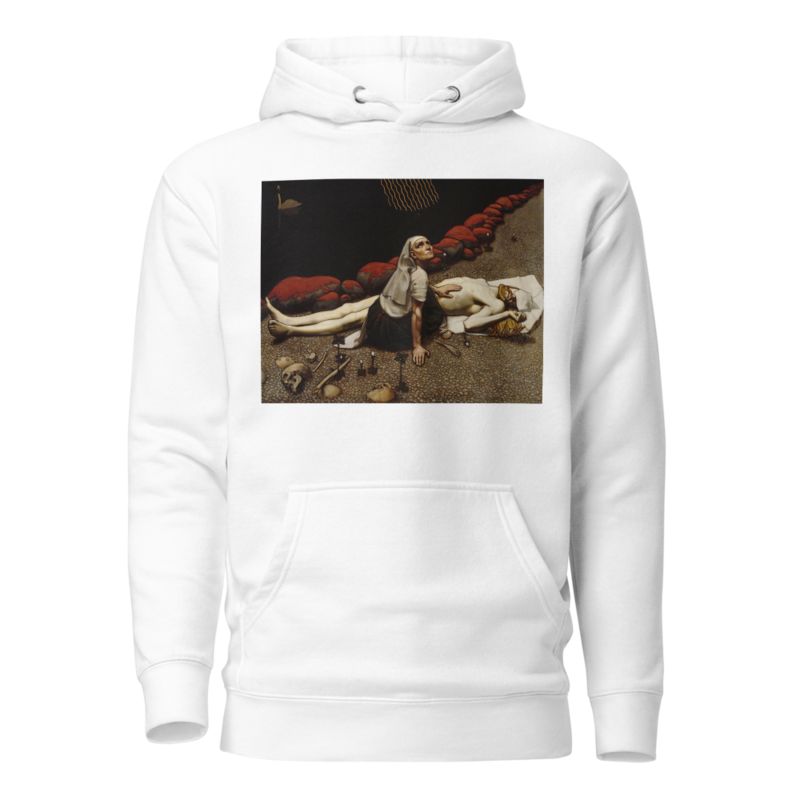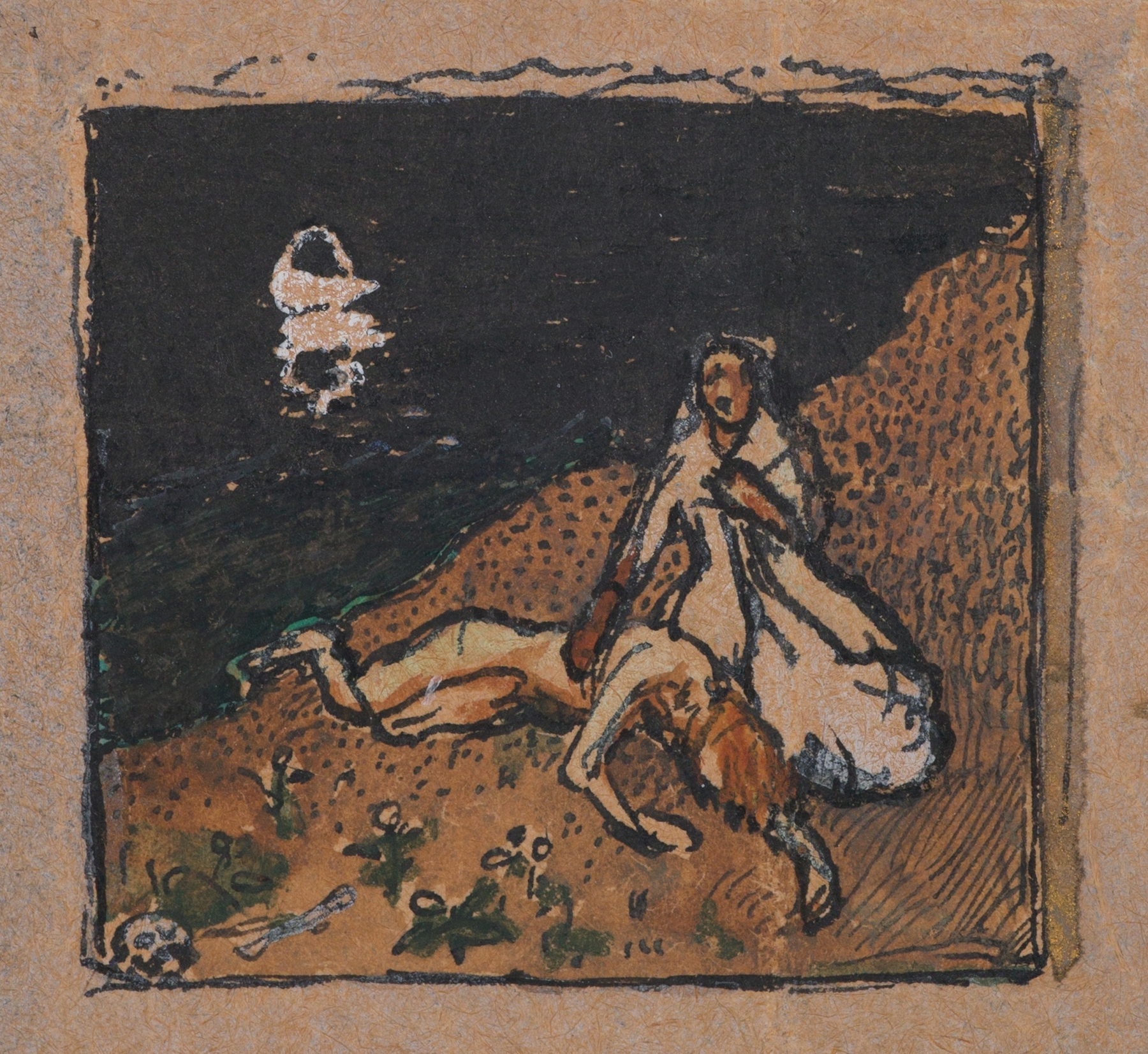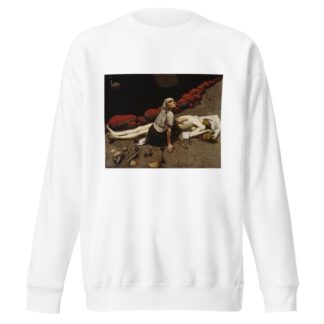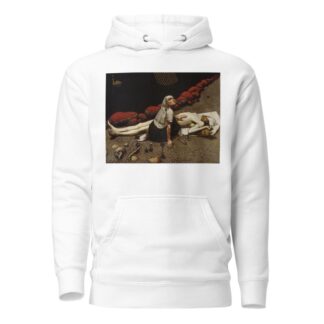Description
Lemminkäinen’s Mother by Akseli Gallen-Kallela printed on a Hoodie
About the Hoodie
Modern fit
It provides a more tailored look than a regular fit
Comfortable
The fabric and fit of this item are extra comfy
Tear-away tag
Easily removable tear-away tag that allows you to add a custom inside label
Premium quality
The product is made from premium, high-quality materials
Classic unisex hoodie with a front pouch pocket and matching flat drawstrings. The 100% cotton exterior makes this hoodie soft to the touch.
- 65% ring-spun cotton, 35% polyester
- Charcoal Heather is 60% ring-spun cotton, 40% polyester
- Carbon Grey is 55% ring-spun cotton, 45% polyester
- 100% cotton face
- Fabric weight: 8.5 oz./yd.² (288.2 g/m²)
- Front pouch pocket
- Self-fabric patch on the back
- Matching flat drawstrings
- 3-panel hood
- Tear-away tag
Akseli Gallen-Kallela (1865 – 1931)
Akseli Gallen-Kallela was a Finnish painter who is best known for his illustrations of the Kalevala, the Finnish national epic (illustration, below). His work is considered very important for the Finnish national identity. He changed his name from Gallén to Gallen-Kallela in 1907.
Gallen-Kallela was born Axel Waldemar Gallén in Pori, Finland in a Swedish-speaking family. His father Peter Gallén worked as police chief and lawyer. Gallen-Kallela was raised in Tyrvää. At the age of 11 he was sent to Helsinki to study at a grammar school, because his father opposed his ambition to become a painter. After his father’s death in 1879, Gallen-Kallela attended drawing classes at the Finnish Art Society (1881–1884) and studied privately under Adolf von Becker.
In 1884 he moved to Paris, to study at the Académie Julian. In Paris he became friends with the Finnish painter Albert Edelfelt, the Norwegian painter Carl Dørnberger, and the Swedish writer August Strindberg. During this period he traveled back and forth between Finland and Paris.
He married Mary Slöör in 1890. The couple had three children, Impi Marjatta, Kirsti and Jorma. On their honeymoon to East Karelia, Gallen-Kallela started collecting material for his depictions of the Kalevala. This period is characterized by romantic paintings of the Kalevala, such as the Aino Myth, and by several landscape paintings, although by 1894 the influence of symbolism is heavily visible in his works.






Reviews
There are no reviews yet.